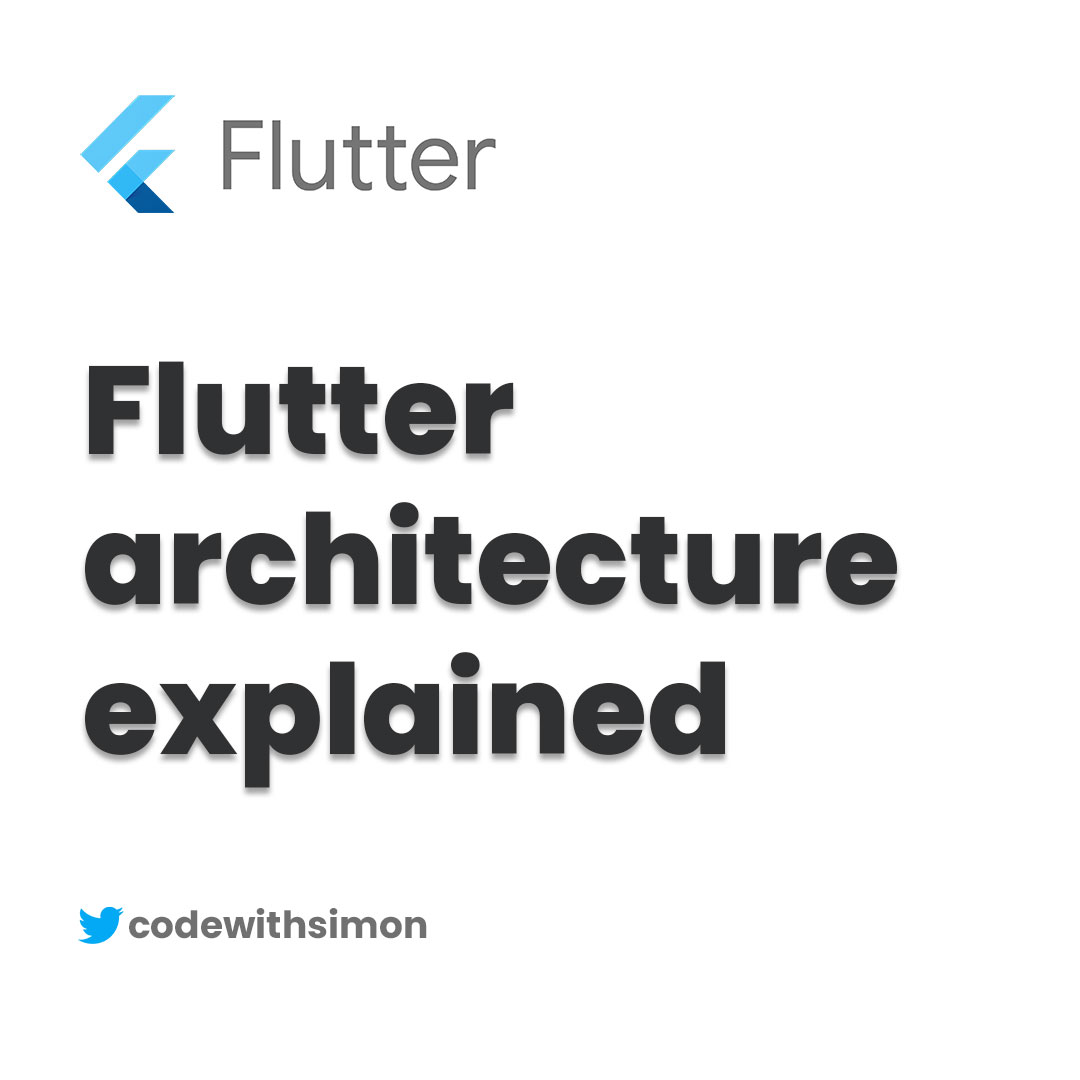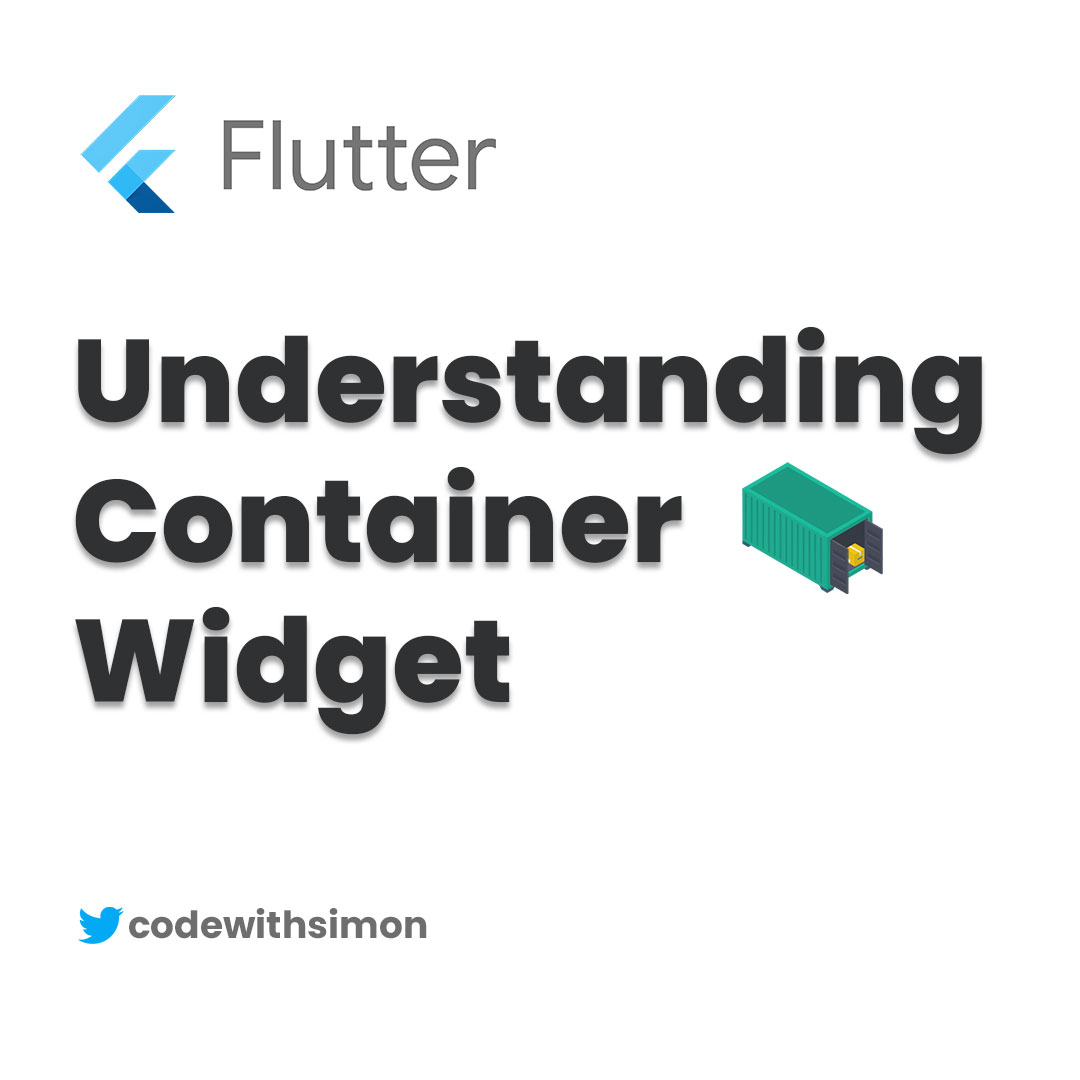Flutter is an open-source mobile application development framework created by Google. It allows developers to build high-performance, natively compiled applications for mobile, web, and desktop platforms using the Dart programming language. Flutter has a unique architecture that makes it stand out from other mobile application development frameworks.
✈ Flutter Architecture Overview
Flutter’s architecture is based on a reactive programming model, where the user interface is built as a composition of widgets. Widgets are the basic building blocks of a Flutter application. Each widget represents an immutable description of a part of the user interface. The widgets are arranged in a hierarchy to create the complete user interface.
Flutter’s architecture is composed of several layers, including the Framework, Engine, and Embedder. Each layer has a specific function and is responsible for a different aspect of the application.
🕸 Flutter Framework
The Flutter Framework is the core of the architecture. It is responsible for providing the set of widgets, tools, and libraries that developers use to build user interfaces. The framework also provides a reactive programming model, which allows developers to create dynamic and responsive user interfaces that can react to user input and changes in the data.
The Flutter Framework is built on top of the Dart programming language, which is used to write the code that describes the user interface. The framework provides a rich set of pre-built widgets and tools that developers can use to build the user interface.
🚀 Flutter Engine
The Flutter Engine is the next layer of the architecture. It is responsible for the rendering and layout of the user interface. The engine uses Skia, an open-source 2D graphics library, to draw the user interface. The engine is also responsible for handling user input and communicating with the platform-specific code.
The Flutter Engine is written in C++, and it is platform-independent. It provides a bridge between the platform-specific code and the Flutter Framework.
🔽 Flutter Embedder
The Flutter Embedder is the bottom layer of the architecture. It is responsible for embedding the Flutter Engine into a platform-specific application. The Embedder provides platform-specific APIs that the Engine uses to communicate with the platform.
The Flutter Embedder is responsible for managing the lifecycle of the Flutter Engine, including starting and stopping the engine, and managing the rendering and layout of the user interface.
💪 Flutter’s Architecture Advantages
Flutter’s architecture provides several advantages over other mobile application development frameworks.
1. Performance: Flutter’s architecture and reactive programming model make it easier to create applications that are fast and responsive. Flutter’s widgets are compiled to native machine code, which provides better performance compared to other frameworks that use JavaScript or HTML-based rendering.
2. Cross-Platform Development: Flutter allows developers to build applications for multiple platforms, including iOS, Android, and the web, using a single codebase. This saves time and reduces the effort required to build separate applications for different platforms.
3. Beautiful and Responsive UI: Flutter comes with a wide range of pre-built widgets and tools that allow developers to build beautiful and responsive user interfaces. The widgets are customizable and can be combined in different ways to create unique and visually appealing user interfaces.
Conclusion
Flutter’s unique architecture, based on a reactive programming model and a set of pre-built widgets, tools, and libraries, makes it easier for developers to build high-quality, cross-platform mobile applications. The architecture provides better performance, cross-platform development, and beautiful and responsive user interfaces. Flutter’s architecture is one of the reasons why it is becoming an increasingly popular mobile application development framework.





